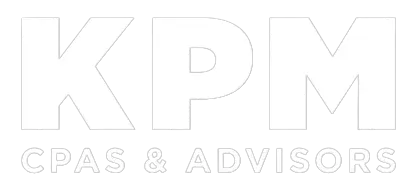Onboarding is more than just paperwork; it’s an opportunity to set the right tone for every new employee’s experience in your workplace. The primary objectives of this process are to welcome new hires, help them understand their roles, and provide them with the knowledge and tools to connect with the organization and succeed at their jobs.
Done right, onboarding increases employee engagement, improves retention, and boosts productivity. Doing it wrong — or not at all — leaves many employers back at square one, having to hire all over again. Here are six best practices to consider:
1. Start Before Day One. An optimal onboarding process begins well before the first day of employment. As soon as candidates accept your job offers, express how happy you are to have them. Then, tell them about your onboarding process. For many new hires, just knowing onboarding will happen is reassuring.
Right before a new employee’s first day, send a welcome email with key details — such as where to park (if working on-site) and who’ll be the individual’s first contact. As appropriate and feasible, provide digital access to employment forms and training materials so new hires can get a head start. Make sure that all forms and documentation are current and relevant to the position.
2. Make Day One Count. The old cliché holds true: You never get a second chance to make a good first impression. A positive first-day experience should begin with a human touch. Appoint a specific person, often the supervisor, to warmly welcome the new employee and graciously guide the person through a structured agenda.
If the position is on-site, require the new hire’s workspace to be available and fully functional. For remote jobs, make sure new employees have the necessary technology and access. In either case, their onboarding first contact should introduce them to their teams and other key colleagues. Emphasize an organized and personalized approach.
3. Assign A Peer Mentor. The importance of the supervisor’s role can’t be overstated. However, many employers have found success in assigning an experienced peer-level employee to each new hire to serve as a mentor. Doing so can help new employees navigate the more informal or “unwritten” aspects of your workplace. This promotes enthusiastic learning and social integration. One risk to this strategy is that peer mentors may pass along bad habits or misinformation, so it’s important to vet them carefully.
4. Provide Professionally Developed Training. For many positions, day one will be spent on welcoming and orientation. Training should begin thereafter. For best results, make sure that you’ve developed training programs mindfully and under rigorous professional standards. It might be tempting to “generalize” training or even assume that employees will figure things out on their own. However, failing to train new hires adequately can leave them feeling confused and unsupported.
5. Ask For Feedback & Act On It When Appropriate. Many employers assume their onboarding processes are just fine — until someone speaks up. Often, it’s a former employee posting on an employer review website. Onboarding, like any important operational function, needs to improve continuously.
Train supervisors to check in with new hires throughout the process, which should generally take about one to two weeks. Teach supervisors to exercise active listening and ask insightful questions. If you use peer mentors, ask for their thoughts on how onboarding went for their mentees. Use all this feedback to refine your process and really customize it to your organization’s mission.
6. Prioritize It & Invest Strategically. Widening out the lens a bit, work with your leadership team to address your organization’s approach to onboarding. It’s critical to prioritize onboarding appropriately and invest in it strategically.
That doesn’t mean throwing money at the problem. Instead, target ways to improve onboarding. It can pay off in more loyal, productive employees and a high-performance workplace culture. Contact us for help analyzing the costs vs. benefits of upgrading your onboarding process and aligning it with your strategic goals.

